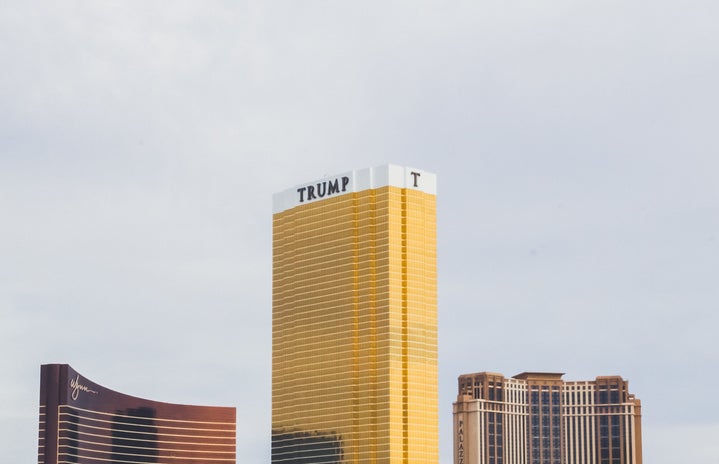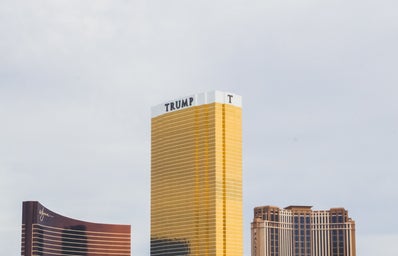After a long sought-out battle, the construction of the Dakota Access Pipeline has been stopped by the Obama administration. On December 4th, protestors who have stood their ground (literally) for months cheered as the U.S. Army Corps of Engineers made their decision to stop production of the pipeline from crossing the Standing Rock Sioux reservation border. Not only was this a great victory for indigenous people, who have a history of being overlooked by the government, but also for environmentalists. If the DAPL were to be created, not only would the oil be an endangerment to the people of Standing Rock, but to everyone along it’s 1,172 mile path through four different states—all 8 million of them.
So who’s actually behind the Dakota Access Pipeline? Who are the forces that are pushing for it to be made? With what seems to be a social media overflow of hash-tagging #NoDAPL and #waterislife, who are the people that are saying #YesDAPL?
1. Oil and Pipeline Companies
To examine all the forces pushing for DAPL, we must start at the forefront: the oil and pipeline industry. This industry has managed to manipulate people time and again with the notion that fossil fuel is a necessity for our society. Oil companies push for expansion of projects like this at the risk of the environment. Corporate profits depend on oil, at the stake of spills and explosions that can severely damage communities. The companies in this industry are the same ones that share ownership of DAPL. The biggest shareholder of DAPL is Energy Transfer Partners, a partnership company whose subsidiaries own 38.25 percent of the pipeline, giving it control of overseeing the construction. This control gives this company great power for destruction with the DAPL.
2. Banks
While the oil companies are the ones overseeing this construction, they are not financing it alone. The construction of DAPL would cost $3.8 billion, so these companies have reached out to a plethora of banks to contribute to a $2.5 billion loan—and most of them said yes. If you had some faith in the financial system, think again because pretty much all the major banks of the world are connected to this project. If these loans were to go through, they would be legitimizing the United States’ dependence on fossil fuels, a narrative that desperately needs to change. There is still hope for the banks to stop this mess: $1.4 billion of loans can not be passed to the hands of the oil companies till the pipeline is granted permits. Four banks have control of this section of the loan—Citibank, TD Securities, the Bank of Tokyo-Mitsubishi, and the Mizuho Bank. If they were to go back on this agreement, the oil companies would not have the funds to continue.
3. President-elect Donald Trump
No surprise here, our future leader has been a supporter of the construction of DAPL. Trump has been intertwined with it, in fact—the CEO of Energy Transfer Partners donated to his campaign. While now sold, he did hold anywhere from $15,000 to $50,000 in stock of Energy Transfer Partners. While the Obama administration has thankfully stopped construction, this decision may be reversed as soon as Trump comes into office. We can only hope Trump sticks with Obama’s choice, for the sake of millions of people and our environmental interests.
4. Conservative Media
Last but not least, we can not forget to mention conservative media’s influence on this situation. Conservative news sources, like TheBlaze’s Tomi Lahren, continue to spread the misconception that U.S. energy independence is an overall good thing for this country—which it could be if it wasn’t fossil fuel based. She is a climate change denier who supports fracking and drilling. To deny what 97 percent of scientists claim is true is pretty powerful. No matter how much evidence the world has come up with, media figures still have the authority to silence them. This is extremely detrimental to media audiences everywhere, who will choose whether or not to support the DAPL.
The fight against the DAPL could very well not be over. Having a man who has very slanted views on the treatment of minorities along with little understanding of environmental issues being elected to the highest office possible is a scary situation. #NoDAPL isn’t a simple protest—it calls attention to the exploitation of sacred land, and the endangerment of water supply to millions of people. A battle has been won, but there is a potential war still in store.


